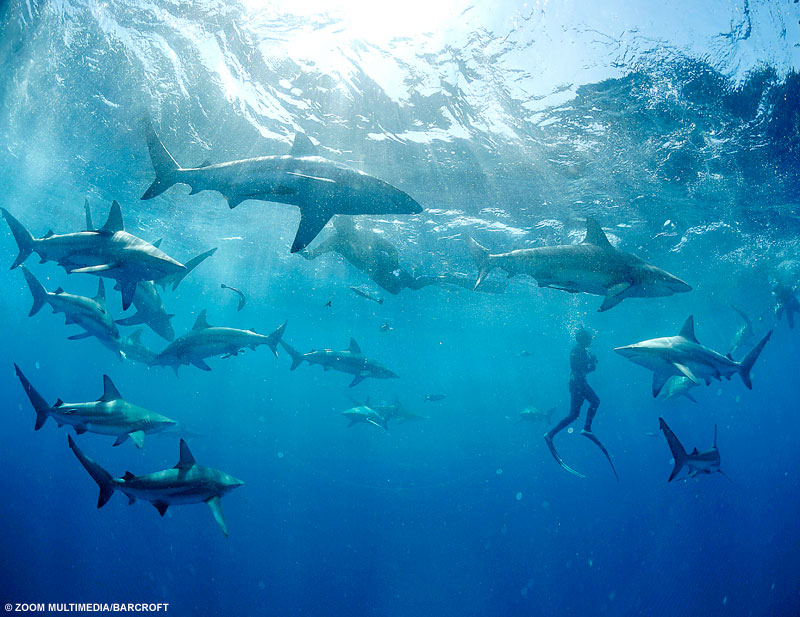Sabah, land of 'eco treasures'
Sabah, part of the Malaysian Federation of states and of the island of Borneo, attracts thousands of tourists every year. Marketed as a land of 'eco treasures', it is a place where tropical rainforest and rare species of plant and animals survive. Largely commercially unexploited until the nineteenth century, Sabah (and Borneo in general) still contains primary rainforest and, consequently, a wealth of amazing scenery and wildlife. Sustaining natural treasures while promoting economic growth is a tricky balancing act in any part of the world and Borneo is no different. Eco or conservation tourism seeks to generate income while protecting the region's most endangered species.
Forest destruction and oil palm plantation
Borneo's
rich natural resources have been exploited for decades and a boom in the
timber industry in the 1950s apparently created millionaires. Forest
clearance has been followed in many areas by a monoculture of oil palm
plantations and the past decade or so has seen the rise of another
generation of millionaires who got rich by wreaking havoc on the
landscape.
How much more of this destruction can Borneo take? As
development and infringements on the rainforest continue the future for
some wildlife looks bleak. Clearance has put inexorable pressure on
forest dependent species, in particular large primates, the native
Bornean orang utan. Another, smaller, primate in trouble as a result of
forest clearance is the proboscis monkey, a species found only in
Borneo. The fates of these animals are intertwined as habitat
destruction is having huge negative impacts on both populations.
Conserving the shrinking rainforest is the key to their survival.
What is the hope for the future?
Aside from preventative measures that provide protection for the
forest and their inhabitants, such as the designation of national parks,
perhaps the greatest hope for the conservation of the orang utan and
the proboscis monkey in Borneo is the ability to generate jobs and
income from the attempts to save them. This is where revenue from
tourism can play a part. Two tourist destinations in particular
illustrate the hope for the future; the Proboscis Monkey Sanctuary and
the Sepilok Orang Utan Rehabilitation Centre, both near the city of
Sandakan in eastern Sabah.
Saving a part of the mangrove forest for the proboscis monkey
The proboscis monkey sanctuary at Labuk Bay is c. 40 km from Sandakan.
It is set within a huge oil palm plantation. The owners of the land
became fascinated by the proboscis monkey during development of their
plantation and, in 1994, decided to set aside an area of mangrove swamp
as a sanctuary. The monkeys are fed twice daily and these sessions are
open to tourists. It's a charming place and a truly wonderful experience
to watch these monkeys interact and to hear the guides' stories about
the social organisation of all the monkey groups in the sanctuary. It is
also possible to stay at the centre and to go on organised wildlife
watching trips. The fact that the centre can earn revenue from tourists
offsets the loss of income that the owners of the plantation had to
absorb when they decided not to convert all their land to oil palm
cultivation. And it is not just tourists and local people who benefit,
research monitoring the behaviour of the monkeys is always ongoing at
the sanctuary.

A safe haven in the forest for orang utan
The Sepilok Orang Utan Rehabilitation Centre is a more established
stop on the tourist trail. Just outside Sandakan, this centre was set up
in 1964 to help return orphaned orang utan to the wild. Twice a day
rangers distribute food to waiting orang utan who need a little bit of
extra help getting their meals from the forest. The feeding time is
targeted at animals that are not yet fully rehabilitated; visitors to
the feeding station are often young, and still learning to fend for
themselves, or mothers with babies. The feeding time is a good
opportunity to view animals that are making the transition from being
human dependent to wild animals. The food is kept deliberately
monotonous to encourage the orang utan to forage for themselves. Over
100 animals have been rehabilitated at the centre to date. Some of the
apes have been so successfully rehabilitated that they have been
relocated to protected areas elsewhere in Sabah, in a bid to manage
population size in the forest at Sepilok and to contribute to population
growth in areas where there is room for more apes. A visit to the
rehabilitation centre is an excellent way to fund the rehabilitation
centre's valuable work, which focuses on saving wildlife, education and
research into the orang utan, and conservation. It's also one of the
best ways to guarantee a sighting of an orang utan; they are shy,
elusive animals in the wild, whereas at the rehabilitation centre there
are usually at least two apes at the feeding station every day.
These stories demonstrates how tourism creates hope for the future of
these primates, and for the ecosystem of Borneo in general. If tourism
can generate enough income and, hopefully, wealth, for its people, we
can dream that there will be no need to ravage the landscape in the
future, or that development can co-exist in balance with habitat
conservation.
























